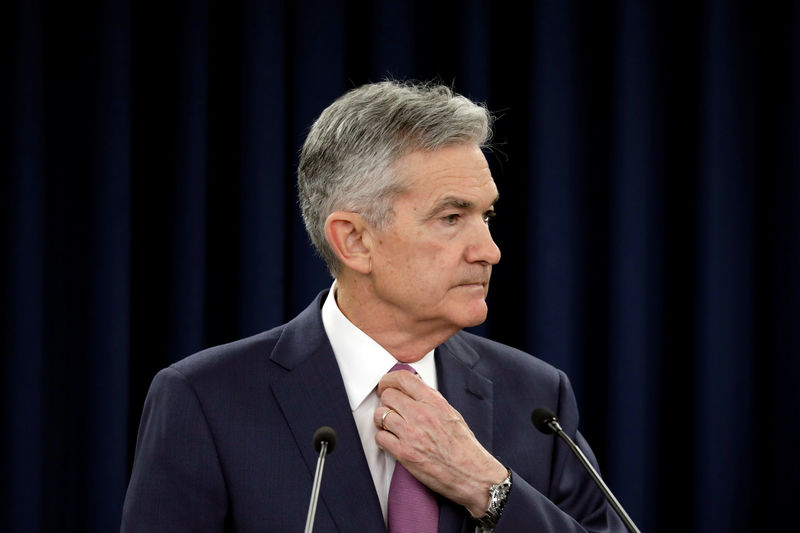(Bloomberg Opinion) -- A couple of interest-rate cuts by the Federal Reserve isn’t a lot, but it may be just enough.
The Federal Open Market Committee's statement announcing a quarter-point trim in the benchmark rate on Wednesday painted a mostly upbeat picture of U.S. growth and made it clear the problems – real and potential – are abroad. Chairman Jerome Powell left the door open for further, albeit limited, reductions.
The global outlook that Powell cited frequently isn’t dire. The International Monetary Fund expects the world economy to expand 3.2% this year and 3.5% in 2020. To keep this in perspective, growth has to cool to about 2.5% to be in recession territory, as a rule of thumb.
Powell clearly waited too long in his press conference to clarify that the Fed isn't limiting itself to a single, modest step. Markets understandably got hung up on his comment that this isn’t “the beginning of a long series of rate cuts.” Still, that shouldn’t alter the broad message: This cut was taken to insure against crisis, not respond to one. We’re a long way from the jarring events like Russia's default in 1998 or China's ham-handed yuan devaluation in 2015 that led the Fed to change course.
When Powell talks about global crosscurrents, he generally means the protracted slowdown in China and the euro zone, both of which have been exacerbated by the trade war. China had a rough end to 2018, but has eased fiscal policy and reduced reserve requirements for lenders. Europe, meanwhile, has signaled that fresh easing could be on the way. In this light, a “mid-cycle adjustment” – rather than the lengthy and aggressive easing President Donald Trump is demanding – may be just about right.
Powell certainly isn’t alone in flagging global concerns. Mario Draghi, head of the European Central Bank, has similar headaches: slower growth abroad, trade tensions and patchy sentiment among manufacturers. Inflation is too low, though that phenomenon doesn't recognize national boundaries. Just ask Haruhiko Kuroda.
New language from the Bank of Japan this week could have been stripped from the Fed’s June statement: “In particular, in a situation where downside risks to economic activity and prices, mainly regarding developments in overseas economies, are significant, the Bank will not hesitate to take additional easing measures if there is a greater possibility that the momentum toward achieving the price stability target will be lost.”
Central bankers are right to look over their shoulders. Despite all the trendy talk about the end of globalization, capital moves freely around the globe – and while global supply chains could be disentangling, that may not be a sustained trend. The trick for monetary high priests is to balance local conditions with corporate and consumer decisions that ripple across jurisdictions.
There's a legitimate debate about whether central banks should save what little ammunition they have to combat a truly bad situation. Yet the Fed has more gas in the tank than many of its peers, and Powell isn’t talking about a prolonged easing. One or two more nips and tucks from here won't do any harm and just might achieve a bit of good. All the more so if those other monetary authorities who talk a good game end up delivering.
